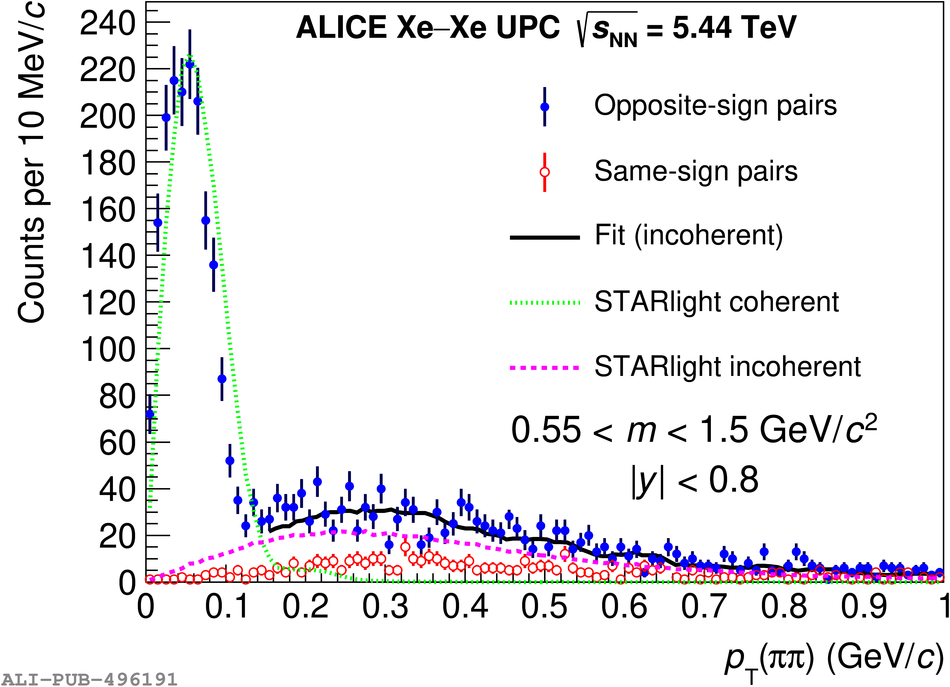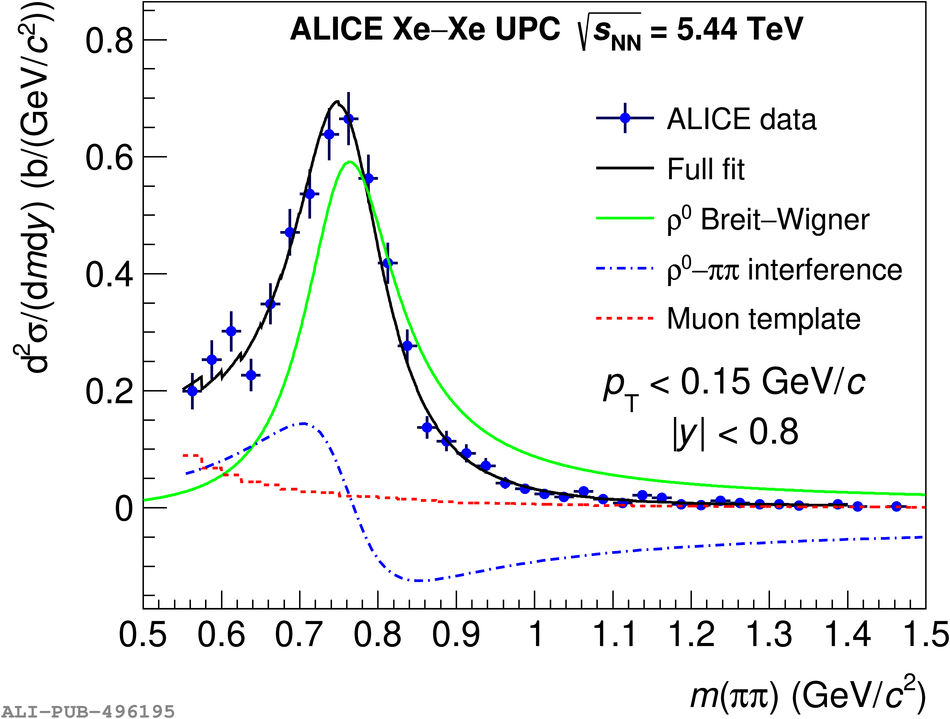The first measurement of the coherent photoproduction of $\rho^{0}$ vector mesons in ultra-peripheral Xe-Xe collisions at $\sqrt{s_{\mathrm{\rm NN}}}= 5.44$ TeV is presented. This result, together with previous HERA $\gamma$p data and $\gamma$-Pb measurements from ALICE, describes the atomic number ($A$) dependence of this process, which is particularly sensitive to nuclear shadowing effects and to the approach to the black-disc limit of QCD at a semi-hard scale. The cross section of the ${\rm Xe}+{\rm Xe} \to \rho^{0} + {\rm Xe}+{\rm Xe}$ process, measured at midrapidity through the decay channel $\rho^{0}\to\pi^+\pi^-$, is found to be ${\rm d}\sigma/{\rm d}y=131.5\pm 5.6 {\rm (stat.)} ^{+17.5}_{-16.9} {\rm (syst.)}$ mb. The ratio of the continuum to resonant contributions for the production of pion pairs is also measured. In addition, the fraction of events accompanied by electromagnetic dissociation of either one or both colliding nuclei is reported. The dependence on $A$ of cross section for the coherent $\rho^{0}$ photoproduction at a centre-of-mass energy per nucleon of the $\gamma A$ system of $W_{\gamma A,n}= 65$ GeV is found to be consistent with a power-law behaviour $\sigma (\gamma A\rightarrow \rho^{0} A) \propto A^{\alpha}$ with a slope $\alpha = 0.96 \pm 0.02 {\rm (syst.)}$. This slope signals important shadowing effects, but it is still far from the behaviour expected in the black-disc limit.
Phys. Lett. B 820 (2021) 136481
HEP Data
e-Print: arXiv:2101.02581 | PDF | inSPIRE
Figure group





